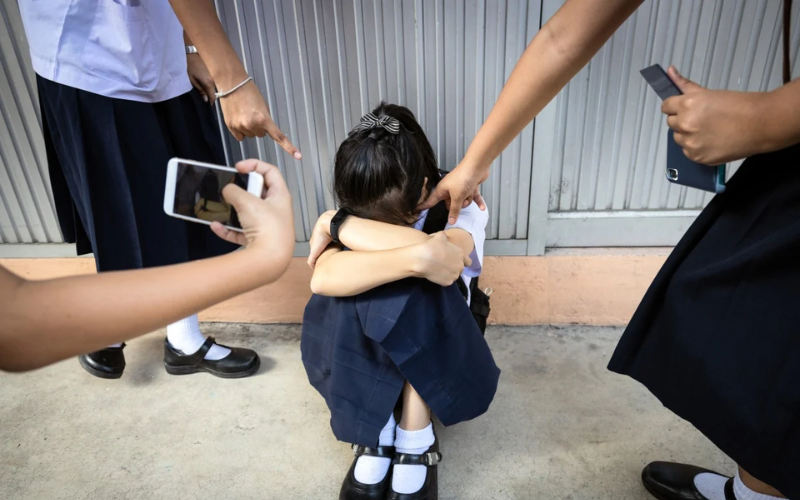We’ve all seen it before – on social media, on the news, and some of us have even experienced it when we were in school – BULLYING. It is the ultimate stain on a string of good behaviour. It is the sign of something not right beneath a student’s demeanour.
As teachers, the responsibility could fall on our shoulders to protect the victims of bullying as well as correct and nurture the bully to see his or her faults. As such we need to be observant for telltale signs of bullying. But first, we must understand the types of bullying.
Bullying can come in many forms – verbal abuse, physical abuse, sexual abuse, and abuse that happens online or cyber-bullying. Some may be easier to spot than others. Thankfully, there are telltale signs that allow us to nip it in the bud. Here are some signs that give away a student’s potential for bullying and actions we MUST take to curb them.



